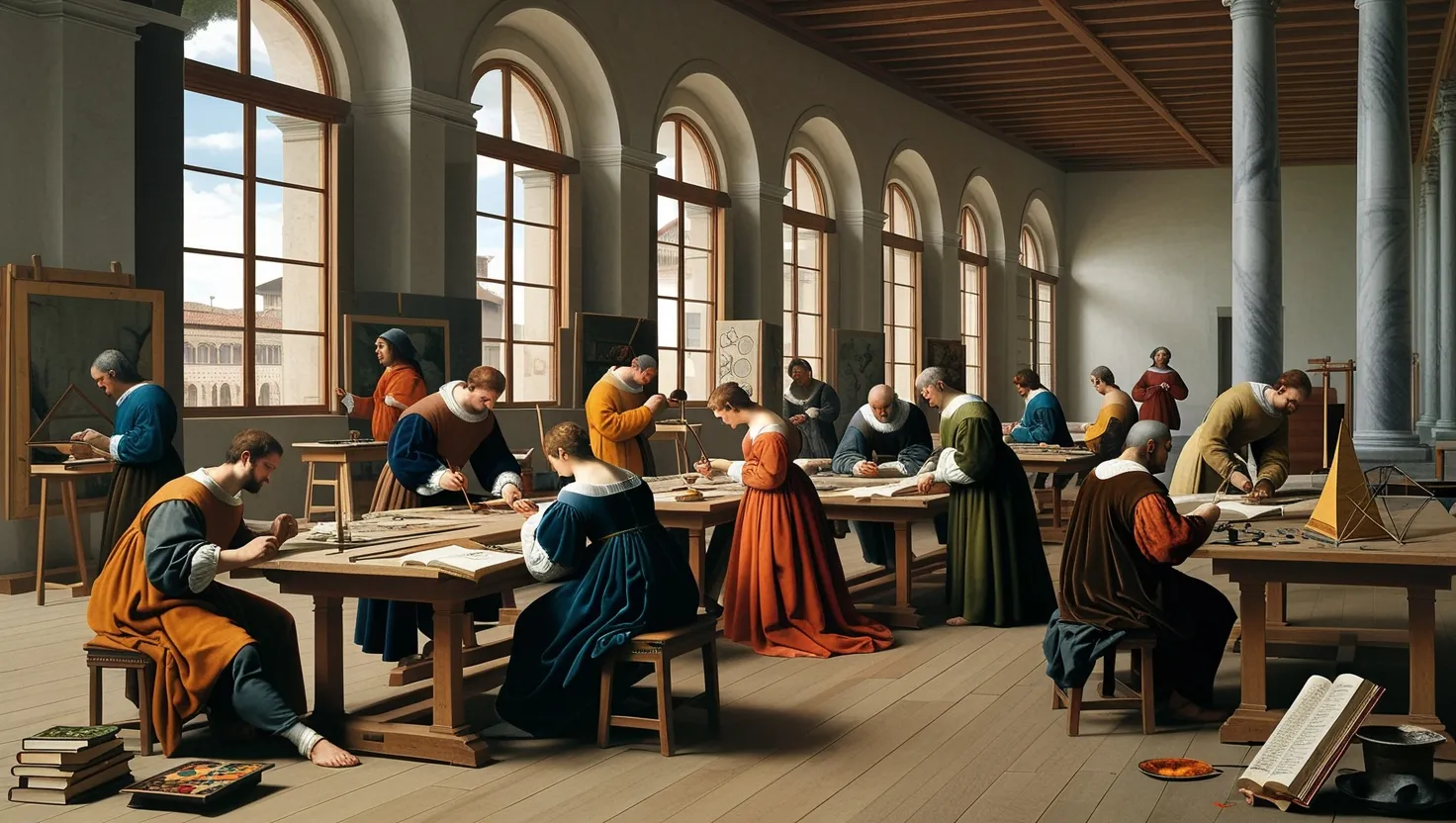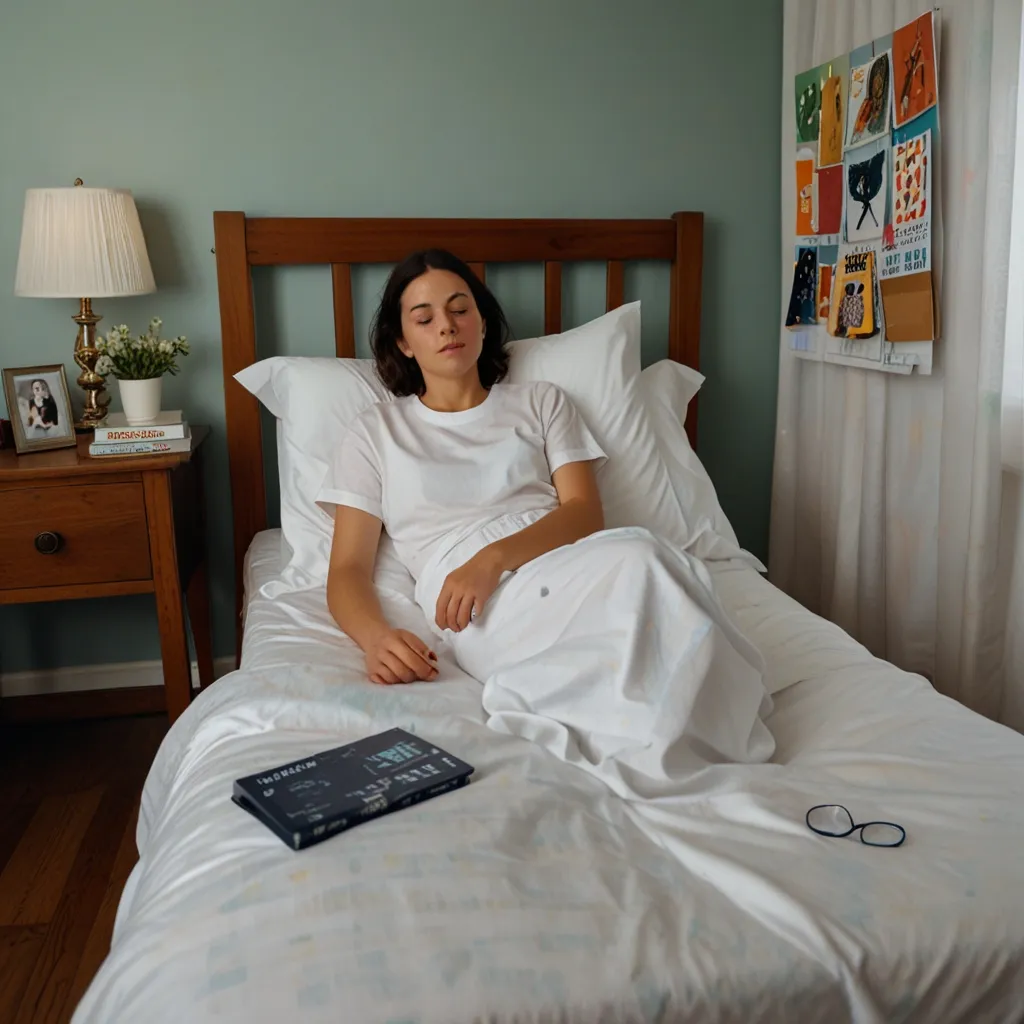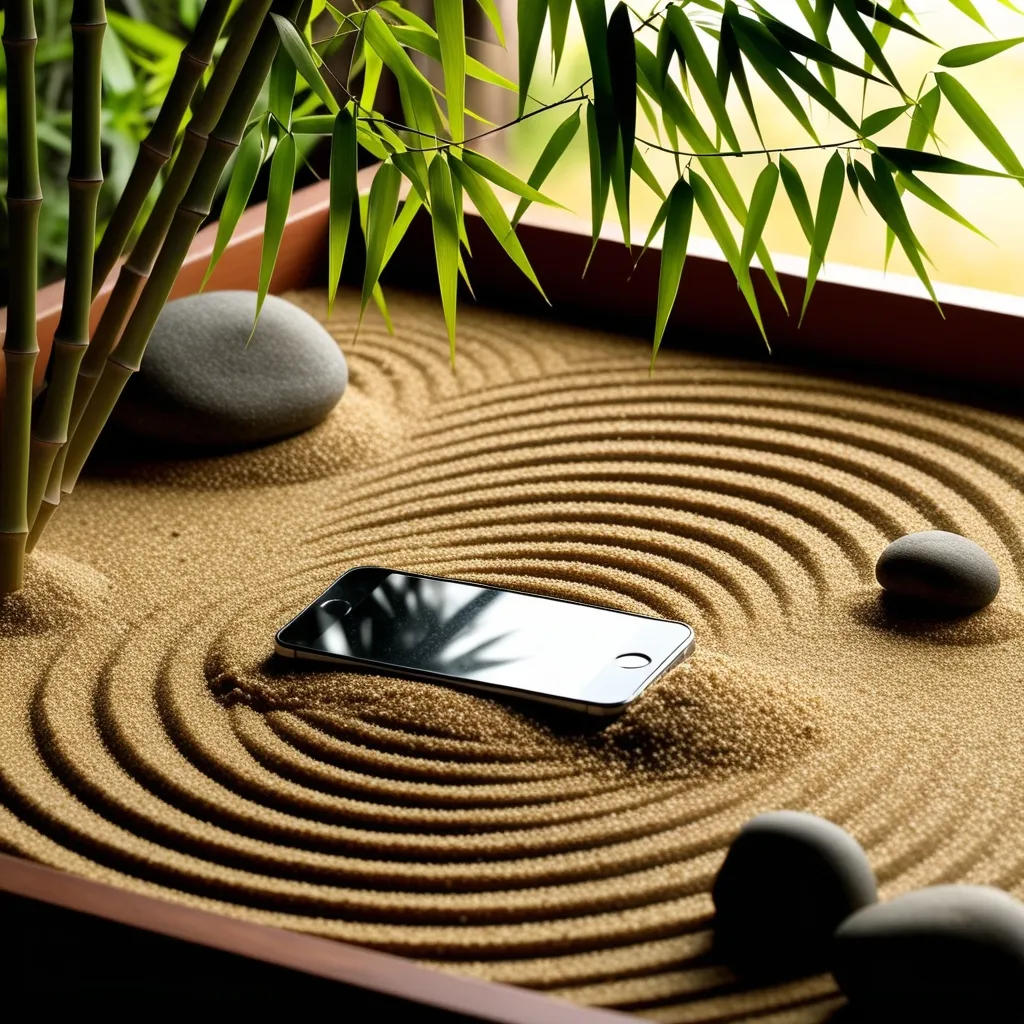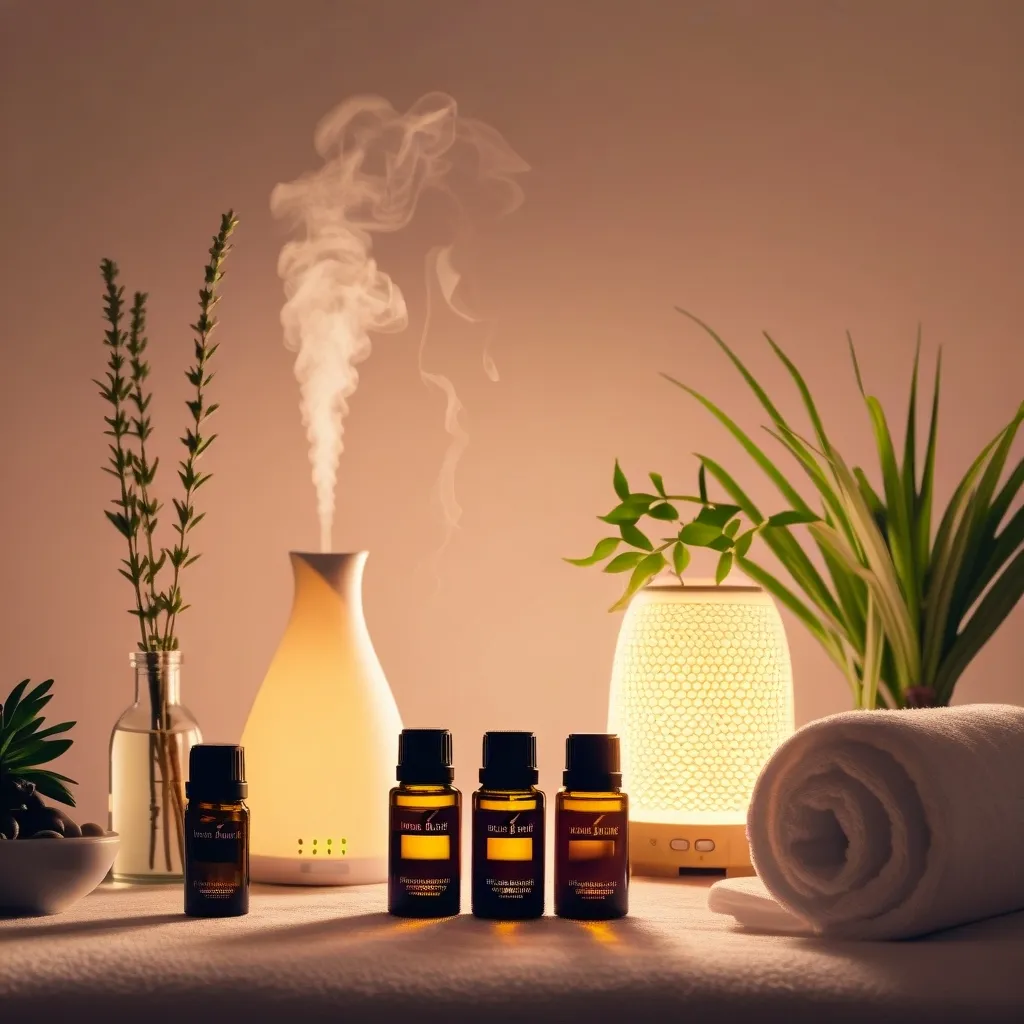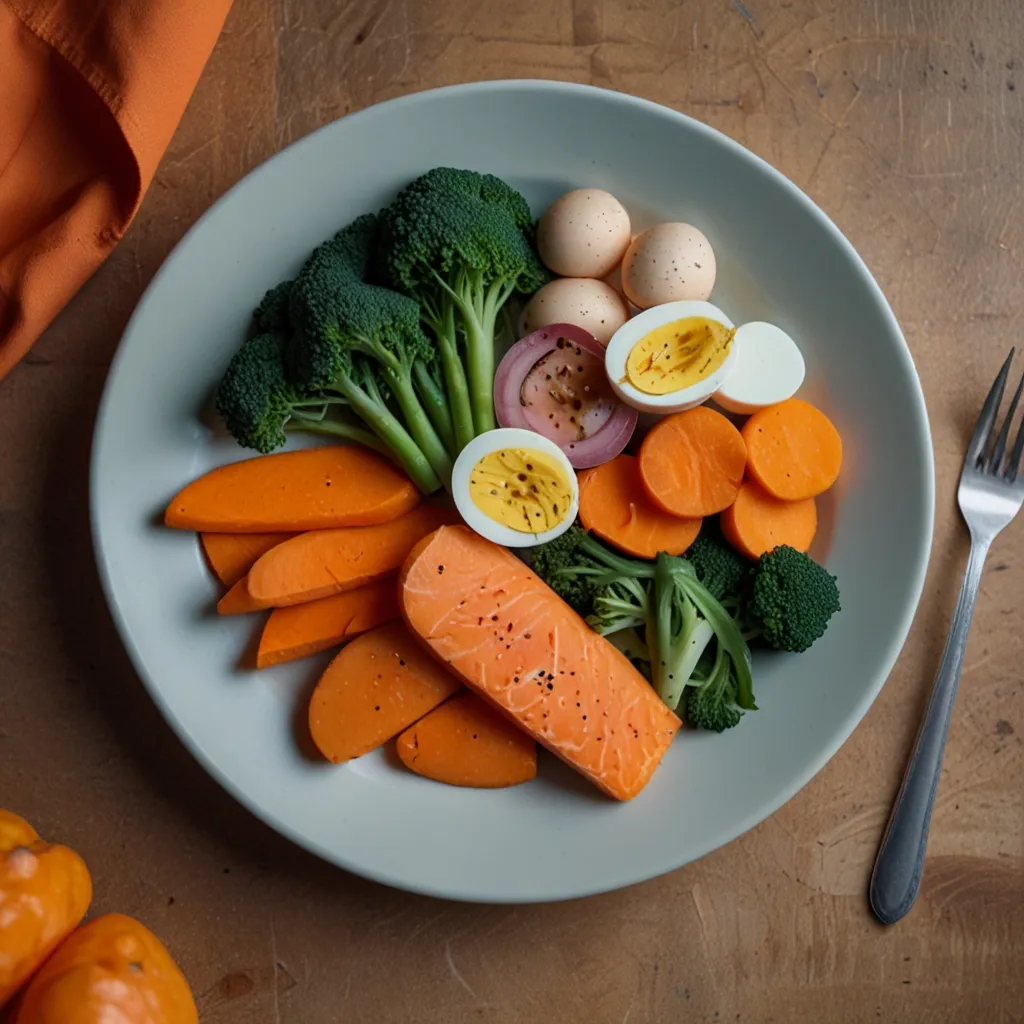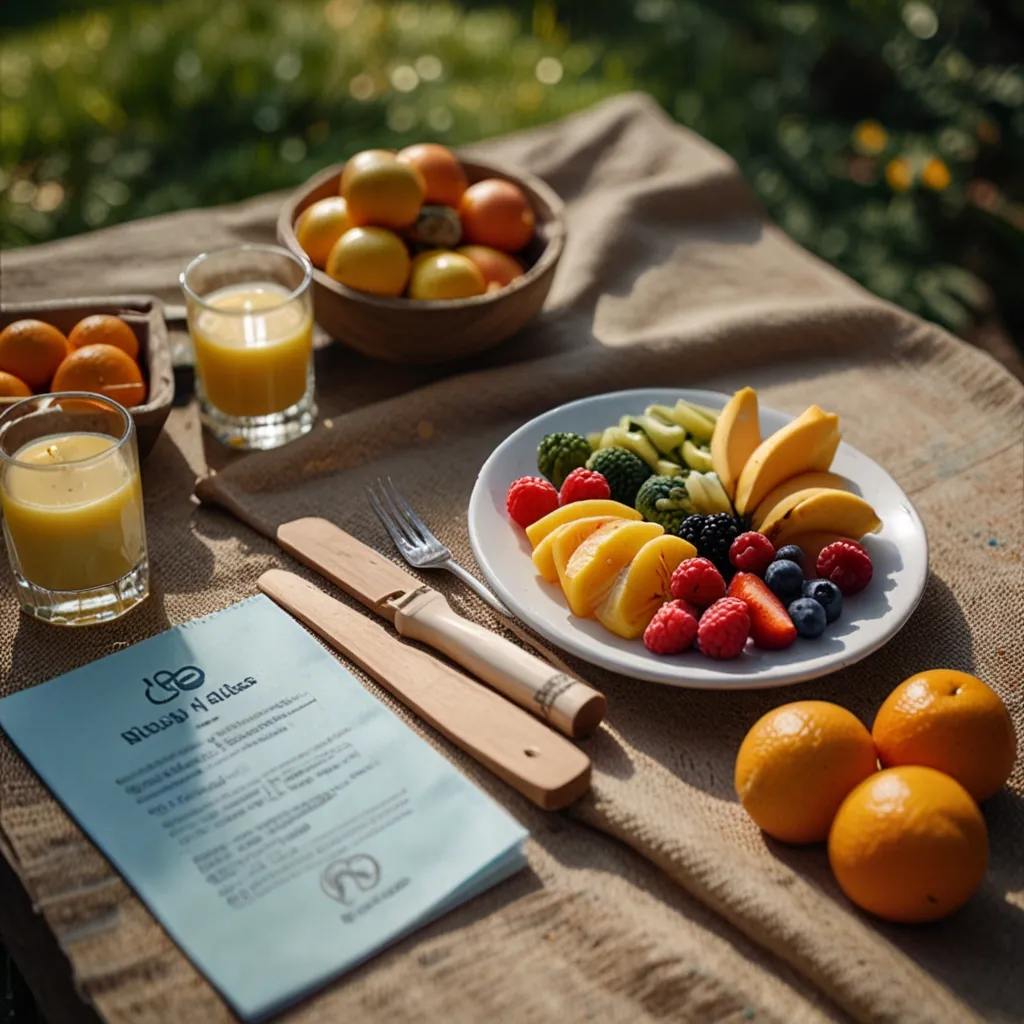If you had lived in Florence during the Medici era, you wouldn’t have just witnessed a surge of new painting styles or heard new musical harmonies; you would have seen a city designed for daily productivity at its highest. Today, when I struggle to reclaim my focus or spark creative solutions, I often wonder: how did these Renaissance leaders sustain what we’d call a Renaissance of the mind, day after day? What lessons, buried under marble and gilded manuscripts, still resonate for anyone serious about achieving more—without burning out?
Let’s start with the Medici talent for strategic patronage. Walking past the Palazzo Medici, you would have seen not only artists like Botticelli or Michelangelo, but also mathematicians, engineers, musicians, and even those dabbling in alchemy crossing its thresholds. The Medici deployed their wealth not in narrow channels but across every discipline they could find. This was no accident. By sowing seeds widely—funding a sculptor here, a philosopher there—they benefitted from a wild cross-pollination of ideas. When I “sponsor” my own learning by dabbling in an unrelated field or collaborating with someone outside my circle, I’m following their pattern. How often do we pigeonhole ourselves into the comfort of our expertise, missing out on the serendipity that emerges at the crossroads? What if, next week, you allocated just one hour or a small sum to support or attend an event well outside your primary discipline?
This leads to a question worth pondering: Is your current knowledge pipeline diverse enough to trigger the creative leaps the Renaissance is known for?
The Medici also understood the benefits of deliberate communication. If you picture a busy Renaissance merchant in Florence, it wasn’t all spontaneous meetings or constant messenger boys darting through cobblestone streets. Letter writing—the heart of business, politics, and personal connection—was regimented. Certain hours, perhaps after the mid-morning meal, were always set aside for correspondence. Once those windows closed, they turned deeply inward, wrestling with the big ideas of their age. I try to apply this by grouping all my emailing and messaging into set time blocks. The difference in the depth of my subsequent work is almost uncanny. Imagine untangling a complex problem without that low-level dread that your phone will buzz in the background. When was the last time you truly worked uninterrupted? Are we ignoring this centuries-old wisdom in favor of ever-present online “availability,” flattening the peaks of our focus?
“Beware the barrenness of a busy life.” —Socrates
Another overlooked Renaissance tactic was the studio system—a hybrid space for thinking, making, and learning. Workshops were not just for production; they were blended environments where apprentices read manuscripts, scribbled on scraps, and experimented with materials, all under the same roof. In modern terms, this means rethinking how we arrange our own workspaces. When I keep a stack of reference books within reach, or place a sketchpad next to my computer, productivity subtly shifts. The boundaries between research, ideation, and execution blur, fostering surprising connections. Even today, the Medici influence lingers in the way artists and scientists organize their “studios.” Have you noticed how your immediate environment nudges or blocks your ideas? What objects or images could you place within reach that might prompt the creative associations you’re missing?
Here’s something even more fascinating: the Medici fostered invention not just through who they funded, but how they encouraged these blended spaces. The porcelain workshops, for instance, saw sculptors working side-by-side with chemists and craftsmen, leading to Europe’s first attempts at producing fine porcelain. It’s a reminder: the greatest breakthroughs often lurk where disciplines intersect.
“Creativity is intelligence having fun.” —Albert Einstein
The Medici and their contemporaries, especially Florence’s political leaders, favored diplomatic pacing: alternating between periods of frenetic activity and reflective pause. One day might be consumed by intense negotiation, the next devoted to garden walks and study. Neuroscience now tells us the benefits of rhythmic work-rest cycles, but the Renaissance practiced it out of necessity. Are you running your days like a marathon or a series of well-paced sprints? I’ve found even a ten-minute stroll after an intense work session lets solutions bubble up with little effort. How often do you build in time for reflection, and do you allow yourself moments to simply pause, without the guilt of “wasting time”? The Medici would have found the modern obsession with relentless busyness utterly counterproductive.
Another secret, which surprised me most when paging through old journals and biographies, is the habit of recording curiosity. Leonardo da Vinci’s famous notebooks weren’t kept just for genius; they were cultivated, daily, as a discipline. Da Vinci scribbled questions (“Why does the sky appear blue?”) and sketched everything from canal locks to grotesque human faces. Reviewing these pages, he stitched disparate observations into inventive blueprints. What if you carried your own curiosity journal—not an app, but an actual notebook? I keep mine stuffed with questions and half-ideas that later resurface when I’m stuck. It’s alarming how often an inkling from three months ago completes a puzzle today. What would you notice in your work or life if you actually wrote down your questions instead of trusting you’ll remember them later?
“The noblest pleasure is the joy of understanding.” —Leonardo da Vinci
Interestingly, some of the Medici’s productivity habits bordered on eccentric. Cosimo I kept an alchemical laboratory, using it as both a scientific resource and a curiosity cabinet. Francesco had a secret chamber filled with rare substances—an early version of the “innovation lab.” These were not mere indulgences. They were acts of disciplined wonder, attempts to build “systematic serendipity” into their daily routines. Are you creating any physical or mental space for playful experimentation, or is your schedule all grind, zero exploration?
Then, there’s the hidden power of leisure in the Renaissance. You might think of the Medici as tireless workhorses, but they often found productivity through acts of pure pleasure. Take their (surprising) contribution to the invention of gelato. When chef Buontalenti concocted an unlikely dessert, it was by blending fun, experimentation, and tradition. Sometimes, creativity is the byproduct of joy—a lesson easily absent in modern culture’s chase for efficiency. How often do you allow fun side projects, hobbies, or culinary experiments to influence your “productive” hours?
It’s worth noting how the studio and workshop system influenced later forms of team organization. Renaissance bottegas were less about hierarchy than about the shared pursuit of excellence. Masters, apprentices, and visiting scholars mingled, challenging each other. I sometimes try to recreate this by keeping group discussions open to voices of every level—from interns to seasoned experts. Are you creating spaces where all perspectives are welcomed, or has expertise become a wall instead of a wellspring?
Looking back, perhaps the greatest lesson from the Medici age isn’t merely in the techniques but in the attitude: productivity was a form of art. Their routines were crafted with a sense of purpose, experimentation, and aesthetic balance. It wasn’t about endless hustle, but about orchestrating work, rest, and play with deliberate attention. The legacy isn’t simply museums and treaties; it’s a blueprint for working—and living—smarter.
“To create one’s world in any of the arts takes courage.” —Georgia O’Keeffe
If I could pose a question to you, as we both try to thrive in a world that often mistakes busyness for achievement, it would be this: What if genuine productivity isn’t about the number of hours logged, but the quality of your focus, the breadth of your curiosity, and the grace with which you let new forms of knowledge reshape your thinking? The Medici didn’t just fund a Renaissance; they lived it, every single day. Why shouldn’t we do the same?
